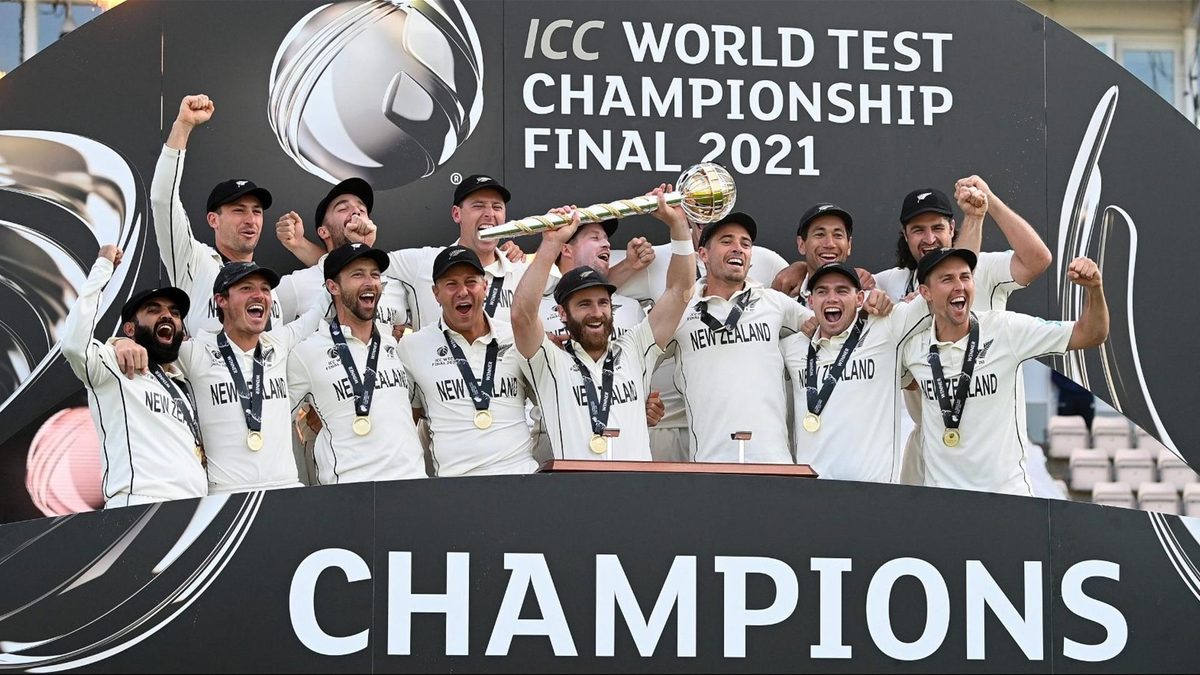
We live in an era where cricket’s conventional geopolitical hierarchy is being consistently challenged. With their Future Tours Programme for 2023-27, the ICC has made significant efforts to put more international cricket back into the global calendar.
Bringing back parity
The number of matches played by each of the twelve Full Members are more evenly matched than the previous FTP (2018-2023). Bangladesh (150) are set to play the most matches across formats, followed by West Indies (147). Bangladesh’s numbers are encouraging for the purists: they play 34 Test matches, the most after England (43), Australia (40), and India (38).
West Indies, on the other hand, play 73 T20Is. India (61) are the only other team to cross the 60-mark.
At the same time, no team plays fewer than 109 matches. The only concern is the low count for South Africa (113), just when they seem to have emerged from multiple retirements to take steps towards emulating their halcyon days.
ODIs are back
The rise of franchise-based T20 leagues has been pushing international cricket back for some time. Test cricket retained its ‘prestige format’ status, while T20Is fitted into the family evening television slots, and were easier to adapt to for T20 specialists. As a result, ODIs suffered more than the others.
Since August 17 2019, Full Members have played 119 Test matches, 157 ODIs, and 317 T20Is till date. Over the next FTP, the corresponding counts are – in that order – 346, 564, and 653. While T20Is still top the list in terms of amount, the percentage share of the format drops from 53 to 42.
The drop has not resulted in a significant rise in Test matches (20 per cent to 22 per cent), but we shall return to Test cricket later. The biggest beneficiary of the new schedule has been ODIs, which will consist of over 36 per cent of all international matches between Full Members – a steep rise from 26 percent. The ICC’s efforts are visible.
Over the past few years, the ICC has already elevated new teams to ODI status. The idea, perhaps, is to establish ODIs as the ‘prestige format’ for Associate Nations. The expansion of the World Cup, starting 2027, will merely enhance that cause.
The other key addition has been the return of triangular tournaments, a concept that had taken off along in the late 1970s in Australia, and had been instrumental behind the popularity of the format in the 1990s. A tried-and-tested method, they are likely to bring ODIs back to the fray.
Diversity in Test cricket
Since their debut against India at Bengaluru in 2018, Afghanistan have played six Tests in four years, despite wins against Ireland and Zimbabwe, and most significantly, Bangladesh in their den. Ireland, who debuted alongside Afghanistan that same year, have played three. They have lost all three, but they did reduce Pakistan to 159-6 in their first day in Test cricket, and bowled out England for 85 at Lord’s.
What about Zimbabwe? If 115 Tests since 1992 (under four a year) seems low, this is worse: in the last five years, they have played just 13, and none in the past 13 months. None of those 13 matches were against India, England, or Australia.
None of the three feature in the World Test Championship. That had allowed the other teams to avoid playing them, because they do not have a particular reason to. Already the least inclusive format (in terms of both gender and geography), Test cricket had managed to segregate its group of twelve elites as well.
Now, between 2023 and 2027, Afghanistan are set to play 22 Tests, Ireland 14, and Zimbabwe 23. This is a significant improvement on the last five years, when they had played 22 Tests combined. While many of their Test matches will be against each other, they will also play other teams. Afghanistan, for example, will also play India, Australia, New Zealand, Sri Lanka, West Indies and Bangladesh. And so on.
Big Three dominate
India and Australia both already play five-match Test series against England. They have announced the same length for the bilateral series between them. This, when the last four-match bilateral series not involving a Big Three side came back in 2005.
Despite the ICC’s attempts to expand Test cricket, this is unlikely to change anytime in future. Test cricket – the least commercially viable format – will continue to find a way, albeit in a skewed world.







